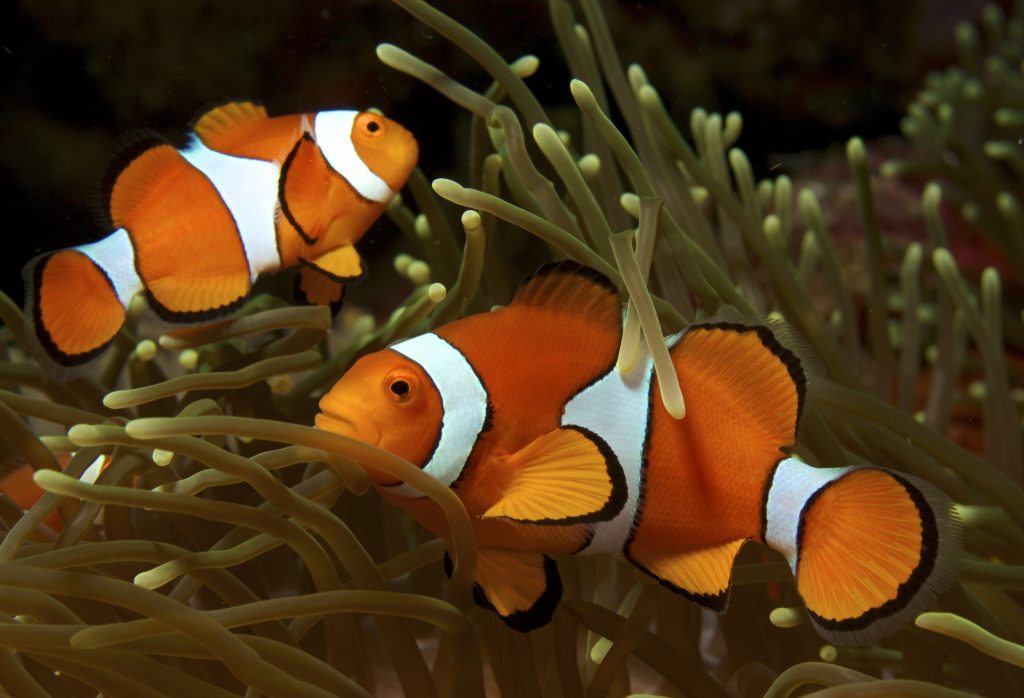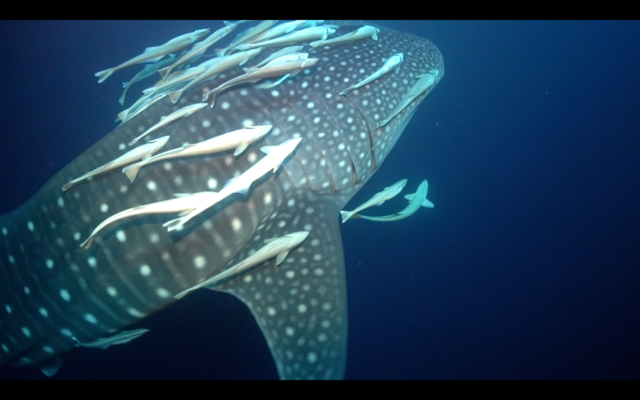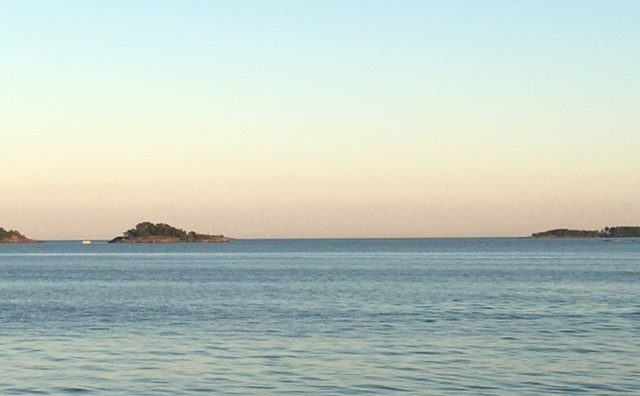Only three days until Christmas! For my final post in the advent calendar, I want to introduce our readers to an essential and complex phenomenon in nature, symbiosis. In our daily language, we might casually refer to symbiosis as a mutually beneficial relationship. However, in ecological terms, symbiosis is a broader concept and includes a variety of effects from positive to negative outcomes on the different participants. Simply put, symbiosis means a close association between two or more organisms that belong to different species.
Symbiotic interactions have been fundamental in the evolution of life on Earth and in shaping the biodiversity we witness today. Mutualistic relationships, where two species benefit from each other, often involve important ecological services such as pollination, seed dispersal, and nutrient cycling. One classical textbook example of mutualistic symbiosis is the relationship between clownfish and sea anemones. The clownfish seek refuge among the tentacles of the sea anemone, which provides protection from predators due to its stinging cells. In return, the clownfish defend the sea anemone from polyp-eating fish and parasites. Additionally, the clownfish may bring nutrients to the sea anemone through their droppings (i.e. poop), and they may also help to attract prey for the sea anemone by luring them into its tentacles. Quite a nice collaboration!


Not all symbioses are as either as cute or straight-forward as the above-mentioned one. For example, remoras, also known as suckerfish, attach themselves to sharks using a suction cup on their heads. While the remoras gain protection and access to food scraps, the sharks are generally unaffected by their presence. This type of symbiosis where one organism resides in or on another organism, utilizing the host’s resources for its own purposes without causing substantial harm, is called commensalism. A similar, seemingly commensal interaction can be seen in marine worms and their gregarine symbionts. Gregarines are single-celled micro-organisms (protists) that are often found in the digestive tracts of various invertebrates, including benthic worms. In this symbiosis, gregarines do not seem to cause any harm to the worms, although they derive nutrients from their host and can reach quite high densities, sometimes blocking the whole intestine! However, it is not currently known what these micro-organisms actually do to their host. Are they commensals, parasites or perhaps mutualists? One part of my project here in the FEZ group focuses on resolving this interaction.

So, what exactly is the nature of this symbiosis and why should we care about it? In other hosts, gregarines are known to reduce survival in stressful conditions and therefore, they might pose a significant threat to marine worm populations. Marine worms have important roles from decomposers to consumers and due to their burrowing lifestyle, they actively participate in oxygenation of sediments, which in turn facilitates the existence of other species in these habitats. In other words, marine worms are important in maintaining benthic ecosystem health. Consequently, gregarines could have bigger impact on the functioning of benthic ecosystems. These ecosystems are further threatened by human-induced disturbances as well as the global climate change, and consequently, the species living there are at risk too.
As Pia wrote earlier in her advent calendar post, marine invertebrates (including worms) make up the majority of marine biodiversity but are hugely underrepresented in the lists of endangered species and we should not forget to include the small creatures when considering conservation efforts. Given the ecological importance of marine worms, studying what kind of effects their symbionts have on them could help us better uncover the impact on the functioning of benthic communities and other marine fauna that is dependent on these animals. Therefore, if we do not know how worm symbionts affect their hosts, we cannot fully understand how to best protect the whole diversity in these habitats. Hopefully I can come back to the question at hand in this blog series and give some indication later, perhaps in next year’s advent calendar!
![]()
